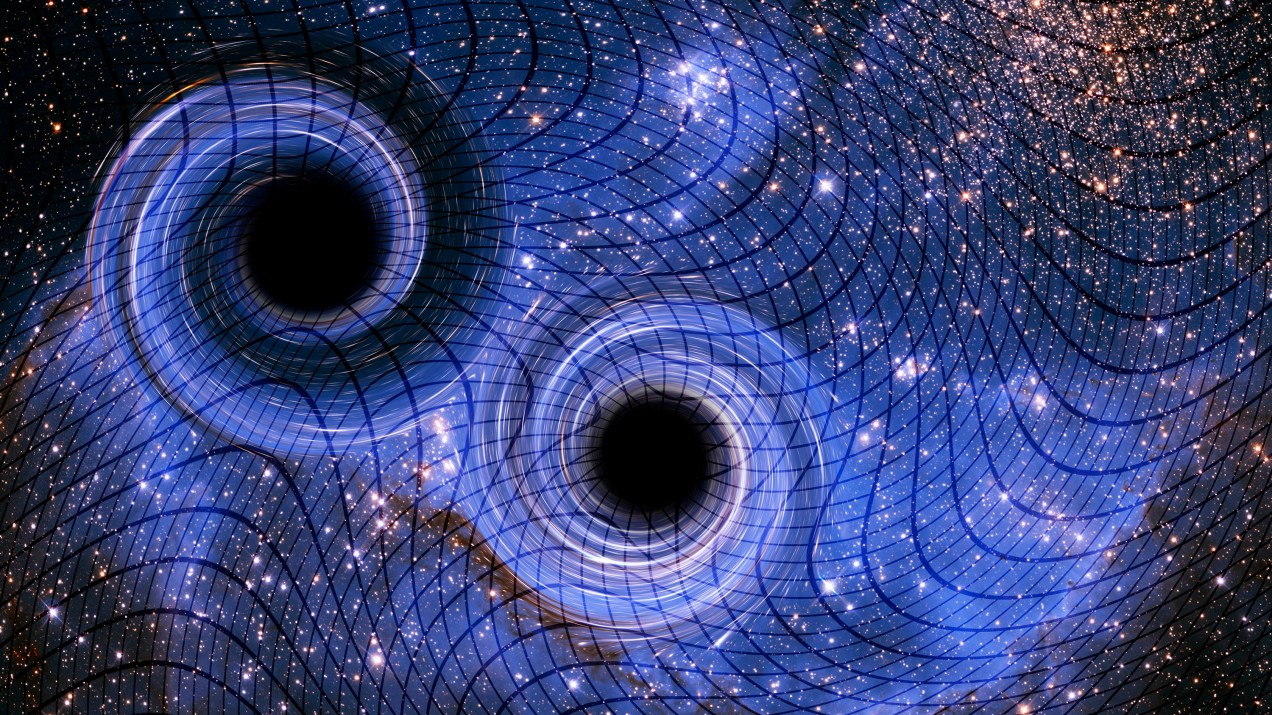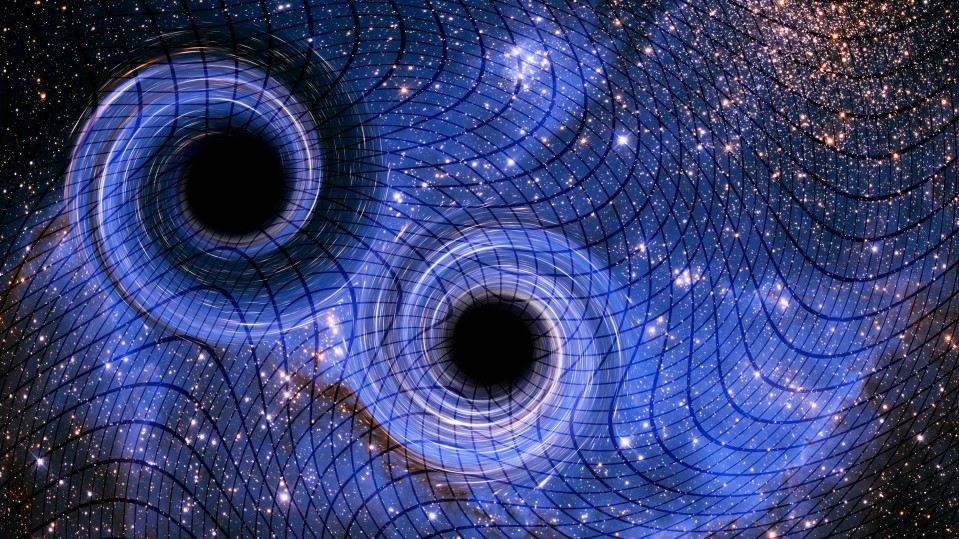

Computing
Tidal forces carry the mathematical signature of gravitational waves
The idea is something of a technicality, but nevertheless an interesting one.

In February 2016, an international team of physicists announced the first direct observation of gravitational waves. The waves had been produced by the gigantic collision of a pair of black holes, each about 30 times the mass of the sun—a smash so cataclysmic that it sent ripples through the fabric of spacetime.
The discovery was a triumph for the physics community. They had long known that Einstein’s theory of general relativity suggested that ripples in spacetime were possible. These waves squeeze and stretch space by distances smaller than the width of a proton. To spot them, physicists built a network of hugely sensitive detectors that cost of well over a billion dollars. So the discovery of the first waves in 2016 was both a relief and a significant success.
Now two physicists say that gravitational waves have been hiding in plain sight all along. Rituparno Goswami at the University of KwaZulu-Natal and George Ellis at the University of Cape Town, both in South Africa, today use some mathematical wizardry to show that tidal forces are gravitational waves. These are the same forces that cause sea levels to rise and fall as the moon moves around the Earth. “Tidal forces are actually a hidden form of gravitational waves,” they say.
First some background. Newton’s theory of gravity is based on the idea that all masses generate an attractive gravitational force explaining a wide variety of phenomena: the trajectory of a falling apple, the motion of the planets around the sun, and so on.
Newton’s theory also explain the tides. These are the result of the way gravitational forces vary with distance: the side of the Earth facing the moon experiences a slightly stronger gravitational pull than the side facing away. The result is a kind of stretching that pulls the oceans to and fro as the Earth rotates.
Goswami and Ellis begin by pointing out that Newton’s theory does not account for an important law of physics—that nothing can travel faster than the speed of light, not even gravitational forces. So it takes time for the moon’s gravitational forces to reach Earth. “No influence can travel faster than the speed of light: the tidal influence cannot be instantaneous,” say the physicists.
Einstein first formulated this cosmic speed limit in his special theory of relativity and later incorporated it into his general theory, which famously describes gravity as a kind of distortion in the fabric of spacetime. This immediately led to the idea that this fabric could support wave-like ripples.
Goswami and Ellis say that tidal forces are a form of gravitational radiation. But to be waves, they must vary in time in a special way dictated by the general theory of relativity. The physicists go on to show mathematically that the tidal forces have exactly these properties, albeit on a much smaller scale than the waves generated by black hole collisions. The result is something of a technicality, but nevertheless an interesting one.
In essence, Goswami and Ellis say that tidal forces are low-frequency gravitational waves. This theory makes some predictions that are different from Newton’s flavor of gravity. For example, Goswami and Ellis point out that it should take 1.3 seconds for tidal forces to travel from the moon to the Earth. “And if the ocean was uniformly deep everywhere without continents, the tides would lag the position of the Moon in the sky by 0.66 seconds of arc,” they say. That’s about the width of a penny as seen from two kilometers away.
Such an effect may be measurable, although Goswami and Ellis do not extend their analysis to suggest how. But it does mean that the effects of gravitational waves are much easier to spot than anyone imagined. A day at the seaside, anyone?
Ref: arxiv.org/abs/1912.00591 : Tidal Forces are Gravitational Waves